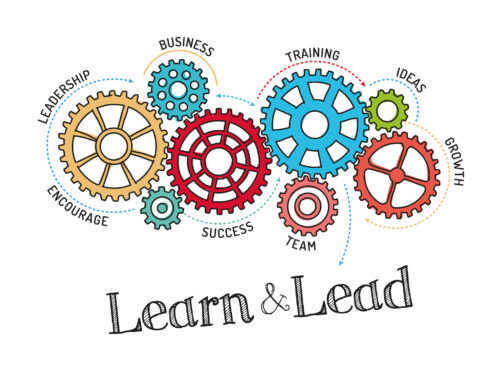Succession Planning in Small Businesses
Shawnee Love •
August 15, 2014
Employees generally want to grow, improve and progress and organizations often find it more successful to promote from within than to find a stranger who can do all she says she can do and fit well into the organization. It is the existence of these two truths which make succession planning a heavenly function for every organization. Succession planning is also becoming an increasingly important function because Boomer employees are nearing retirement and each organizations’ stakeholders are wanting answers about how they will be replaced.
In a small business, succession planning is often challenging because there are typically large jumps in skill set between leaders and the people at operational level. This lack of middle management means the timeline for developing current employees to the point they are ready to jump into leadership roles can be measured in decades rather than the 1-5 years we hear Boomers have left before retirement plans kick in.
If you are a business that lacks the middle management rung and thus has no one who will be ready to step into a leadership role in the next 5 years, and you can’t afford or don’t have enough work for a manager in training position, then your succession planning becomes replacement planning. That is, you will want to look at when you can expect retirements to occur and work backwards to determine how long beforehand you will need to recruit and hire a replacement. (Remember to build in time for the new hire time to be trained by the retiring individual.) Then execute accordingly and hope it all works according to plan. Not comforting I know, but the business of people is unpredictable and complicated and why we at LoveHR love it!
I leave you with one of Dilbert’s (my favourite comic of all time) succession planning insights.





